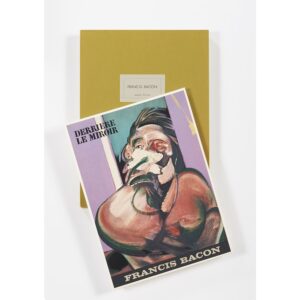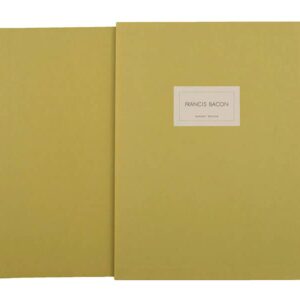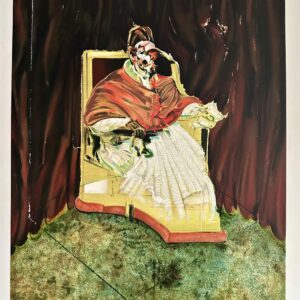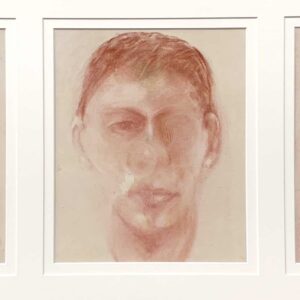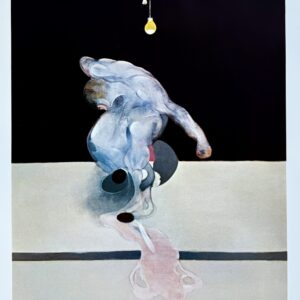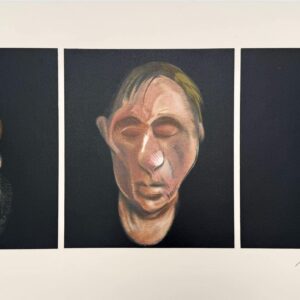-
Derriere Le Miroir- Francis Bacon, 1966
€ 5.500 -
Miroir de la Tauromachie
€ 65.000 -
Portrait of Michel Leiris
€ 20.000 -
Study for a portrait of John Edwards, 1987
€ 18.500 -
Study for Portrait of Pope Innocent X after Velasquez
€ 60.000 -
Three studies for a portrait of John Edwards
€ 50.000 -
Triptych, March 1974 ( Centre Panel )
€ 14.000 -
Trois études pour un autoportrait
€ 35.000
Francis Bacon was born in Dublin, Ireland, in 1909, and became one of the most powerful and influential painters of the 20th century. Largely self-taught, Bacon developed a raw and expressive style that explored the depths of human emotion, vulnerability, and existence. After moving to London in the 1920s, he began creating his haunting, distorted figures that challenged conventional ideas of beauty and representation. His breakthrough came with the Three Studies for Figures at the Base of a Crucifixion (1944), which established him as a leading voice in post-war art.
Bacon’s visceral paintings, often centered on the human form, convey intensity and psychological depth unmatched in modern art. His works are held in major institutions such as Tate Britain, the Metropolitan Museum of Art, and the Centre Pompidou. Collectors worldwide continue to seek his paintings for their emotional power and historical importance. With record-breaking auction results and lasting influence on generations of artists, Francis Bacon remains one of the most valuable and significant figures in contemporary art history.
Read full biography on Francis Bacon.
